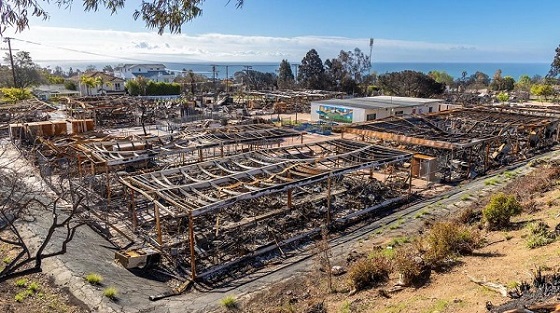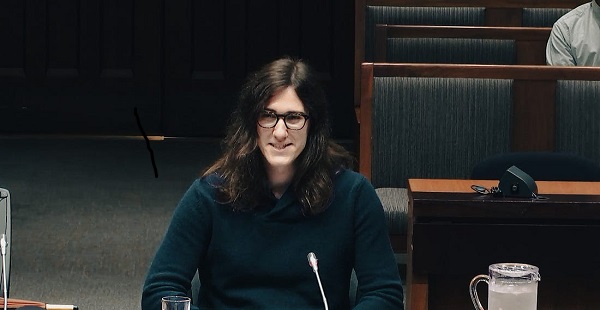The Red Deer Regional Health Foundation has announced the winners of the 2024 Red Deer Hospital Lottery Dream Home and Tiny Home prize packages, as well as the Mega Bucks 50.
The Mega Bucks 50 jackpot reached $607,200.00, which makes Carolyn Pelerine of Cochrane, Alberta the winner of $303,600.00.
In addition, the luxurious Tree Hugger Tiny Home Prize Package, complete with accessories by Urban Barn and valued at $163,798.00, is now owned by Mary Vincent of Red Deer.
The coveted Sorento Dream Home Prize Package, which includes furnishings and accessories by Urban Barn and boasts a total value of $1,072,624.00, has been awarded to Maxine Rumohr of Sylvan Lake.
The highly anticipated draw took place at 10:00 a.m. Thursday at the Red Deer Regional Health Foundation office, located within the Red Deer Regional Hospital Centre, with an announcement following live on Facebook, allowing participants and supporters to join in the excitement virtually.
“We are delighted to congratulate the winners of this year’s Red Deer Hospital Lottery,” said Manon Therriault, Chief Executive Officer of the Red Deer Regional Health Foundation. “The funds raised from this lottery will significantly contribute to enhancing patient care and services at the Red Deer Regional Hospital Centre. We extend our heartfelt gratitude to everyone who participated and supported this important cause.”
Proceeds from the Red Deer Hospital Lottery and Mega Bucks 50 will contribute to acquiring critically needed, state-of-the-art equipment for several units at the Red Deer Hospital.
This year’s lottery will fund equipment such as a phototherapy system, which allows parents to hold and soothe their infant while undergoing phototherapy, a cardiology case cart to monitor cardiac rhythms during stress testing, and other equipment to help provide excellent care for patients in the emergency and operating rooms at the Red Deer Hospital.
The winners of a variety of electronics were also drawn today. A full list of winners will be available in the coming days on the official lottery website at reddeerhospitallottery.ca. Prize winners who have not already been notified will receive a letter in the mail with instructions on how to claim their prizes.
The keys to the Sorento Dream Home and the Tree Hugger Tiny Home will be presented to the winners at a special ceremony this summer.



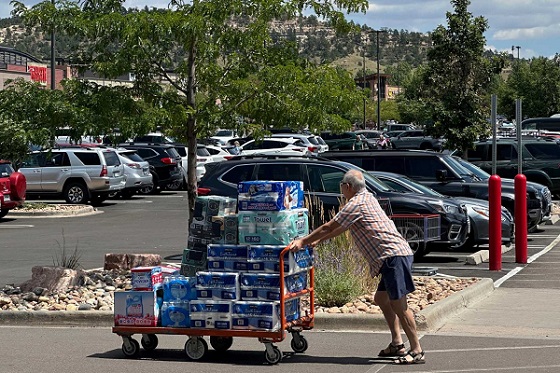
 Alberta1 day ago
Alberta1 day ago
 Health23 hours ago
Health23 hours ago
 Energy1 day ago
Energy1 day ago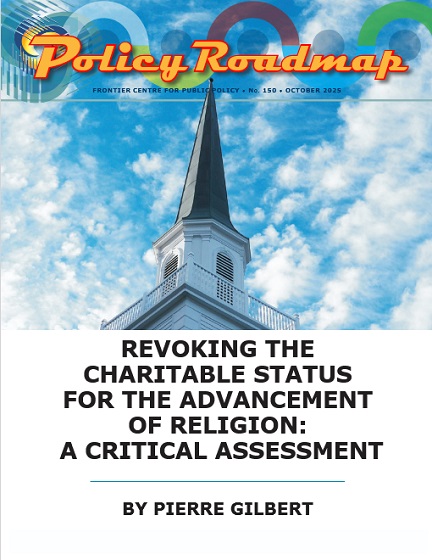
 Business1 day ago
Business1 day ago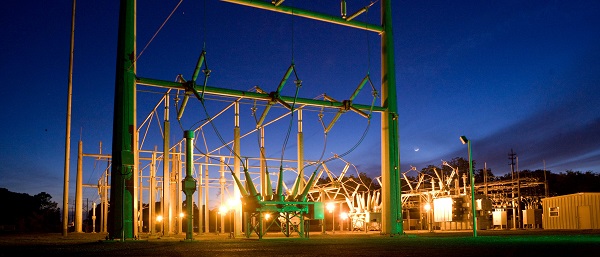
 Business2 days ago
Business2 days ago
 International23 hours ago
International23 hours ago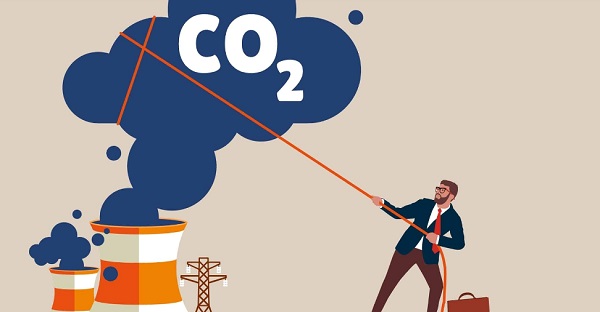
 Alberta22 hours ago
Alberta22 hours ago
 Daily Caller2 days ago
Daily Caller2 days ago







